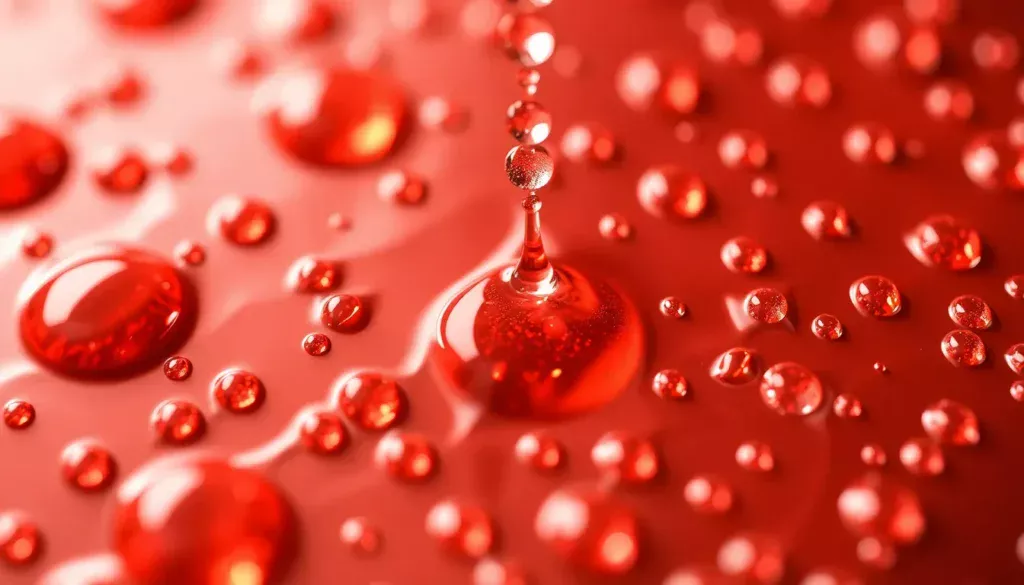
This Surface and colloid chemistry notes explore phenomena occurring at interfaces and the behavior of substances in finely dispersed systems. It bridges chemistry, physics, and biology, explaining processes like emulsification, adsorption, and surface tension, essential in industries such as pharmaceuticals, food, and cosmetics.
Surface Chemistry
Surface chemistry focuses on reactions and properties at the boundary of two phases (solid-liquid, liquid-gas, etc.). Key concepts include:
- Adsorption: Molecules accumulate at surfaces, categorized into physisorption (weak van der Waals forces) and chemisorption (chemical bonds).
- Surface Tension: Caused by molecular cohesion, it drives phenomena like capillarity and droplet formation.
- Catalysis: Surface-active catalysts speed up reactions without altering equilibrium. Examples include heterogeneous catalysts like platinum in catalytic converters.
Related: University Chemistry Past Papers
Colloid Chemistry: Surface and Colloid Chemistry Notes
Colloids are mixtures with particles (1–1000 nm) dispersed in a continuous phase. Types include sols, gels, emulsions, and aerosols. Key properties are:
- Tyndall Effect: Colloids scatter light, making a beam visible in fog or milk.
- Brownian Motion: Random movement of colloidal particles prevents settling.
- Electrophoresis: Charged colloidal particles move under an electric field, aiding separation techniques.
Applications
- Pharmaceuticals: Drug delivery systems like liposomes and nanoparticles.
- Food Industry: Stabilizing agents in emulsions (e.g., mayonnaise).
- Environmental Science: Removal of pollutants using adsorbents.
Understanding surface and colloid chemistry offers solutions to real-world challenges, emphasizing its relevance in innovation and sustainability.







